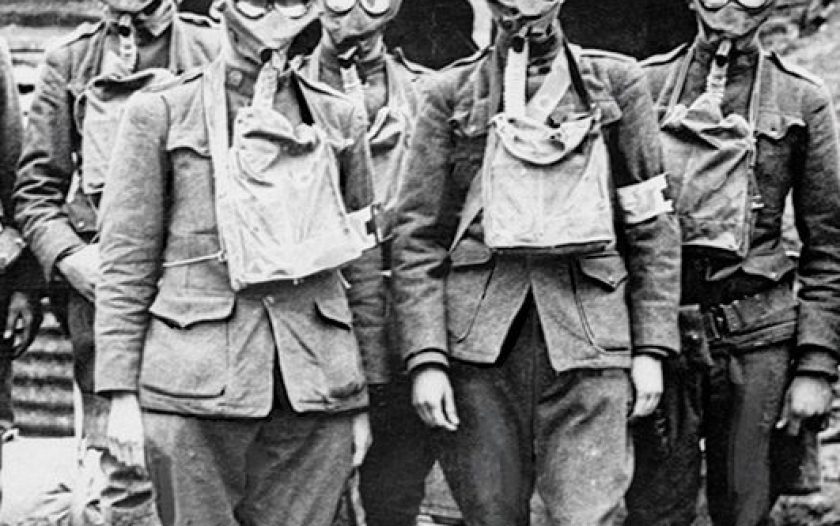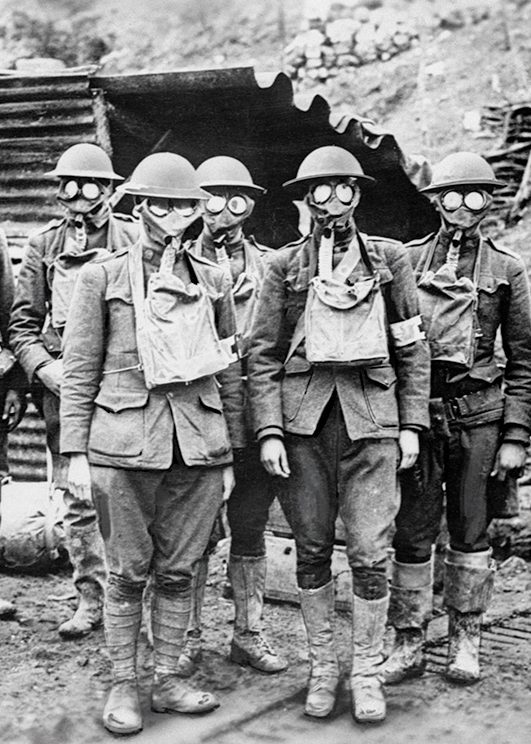
One-hundred years ago this month, Americans were waking up to news of the infamous Zimmerman Telegram. In this diplomatic note, Germany’s ambassador in Mexico was urged to form an alliance with the country in case the United States abandoned its neutrality in World War I. The telegram’s author? German Foreign Minister Arthur Zimmerman, who saw the potential of distracting the U.S. by opening another front along its southern border.
At the time, U.S. President Woodrow Wilson had run—and narrowly won—on the promise of keeping America out of the war. For that reason, some doubted the authenticity of the telegram, which was leaked to the U.S. ambassador in London by a British naval codebreaker. As Christopher Capozzola, a professor of history at MIT, told The Atlantic, “There were accusations that it was fake news, that it was a hoax….There was definitely some sense that some people believed from the beginning that it was fake, but it was confirmed very quickly.”
Whether or not it decisively tilted America into World War I or merely sped its entry has been a source of debate among historians for years. But it’s impossible to argue with the timing; a little over a month later, on April 6, 1917, Congress passed the declaration of war and, by June, American Expeditionary Forces were arriving in Europe.
Read a translation of the Zimmerman Telegram here. For more analysis, watch the BBC video below.
—RealClearLife
This article was featured in the InsideHook newsletter. Sign up now.
























